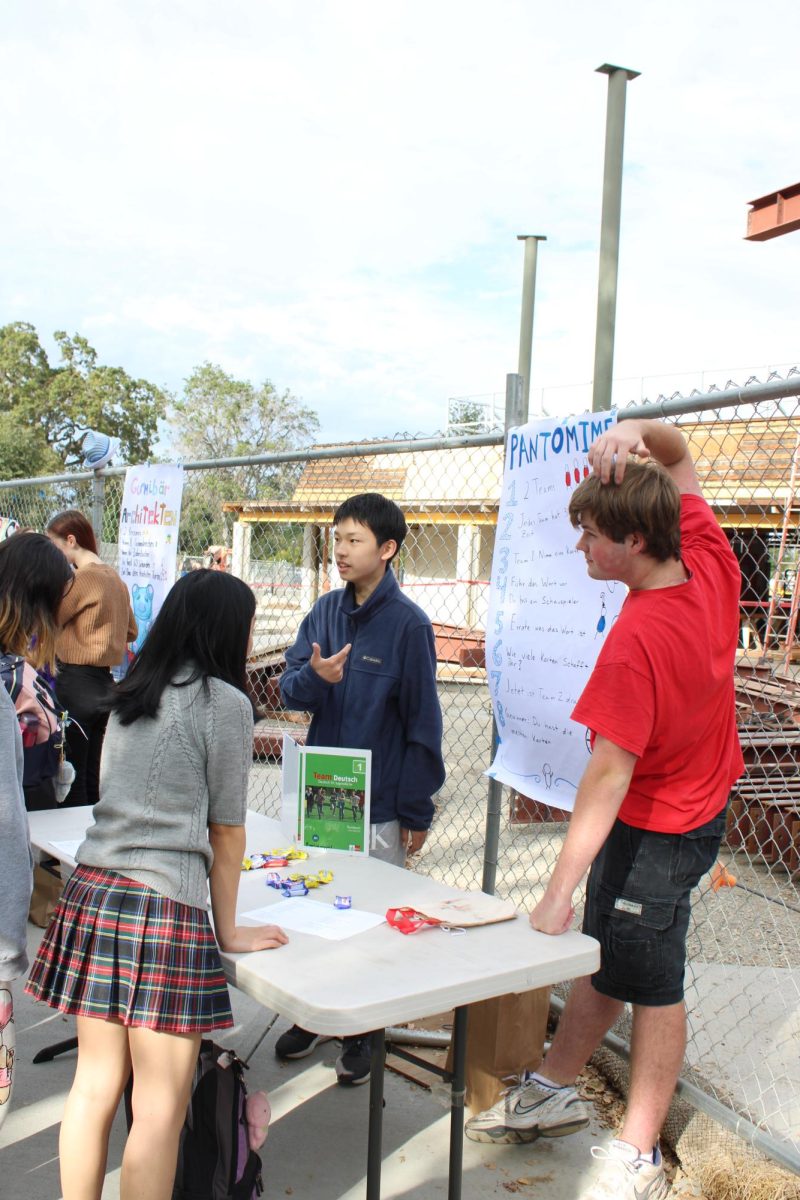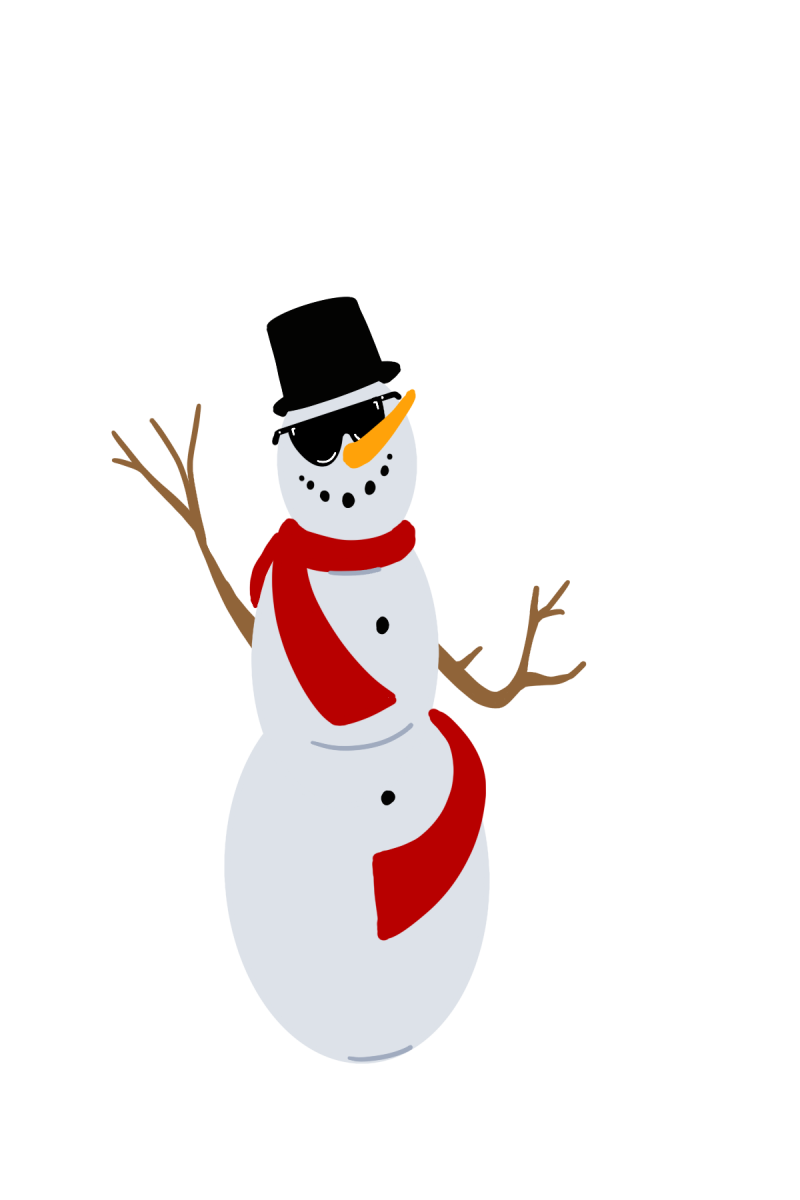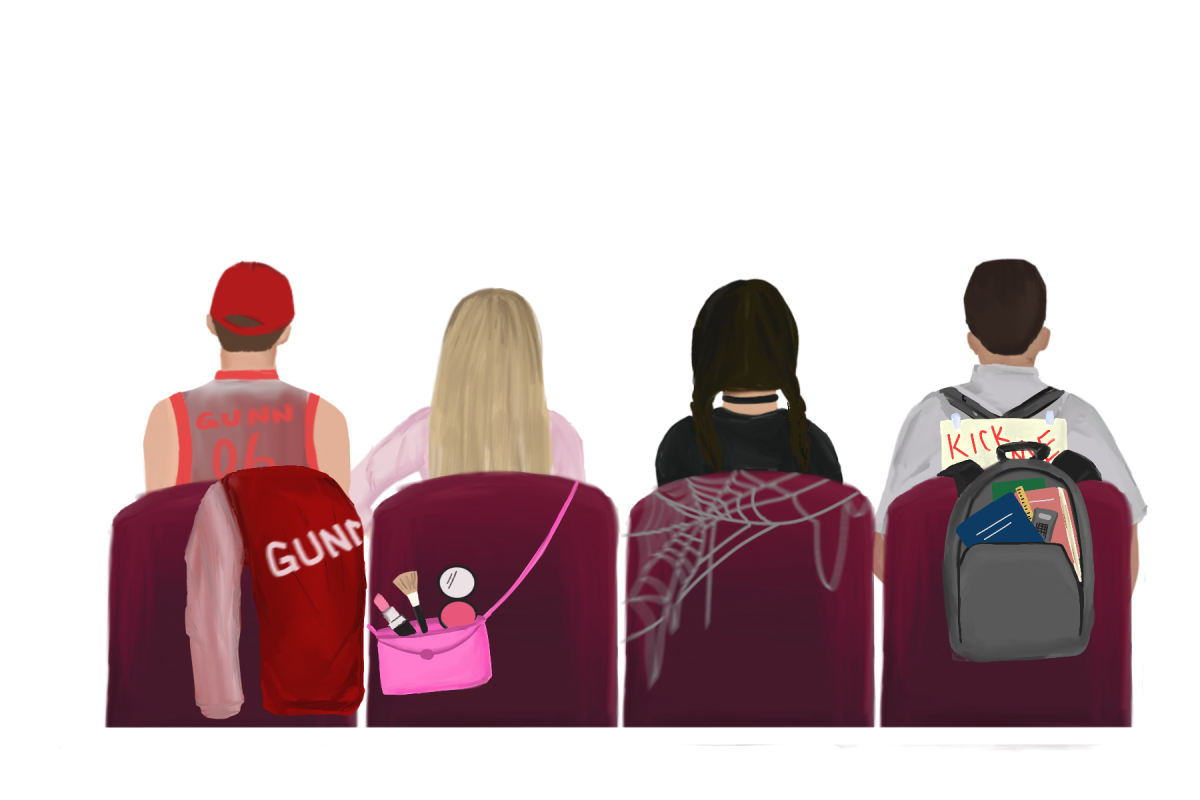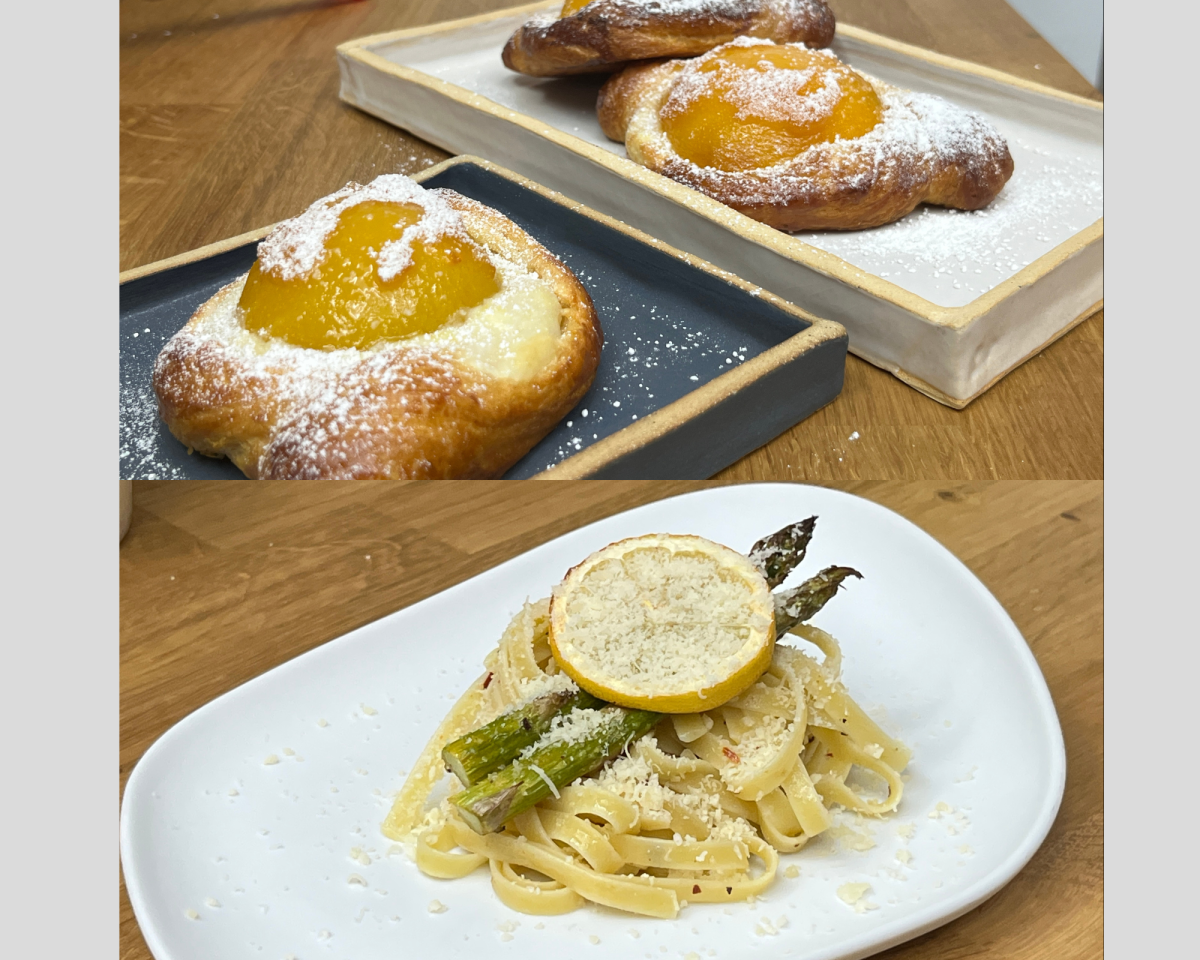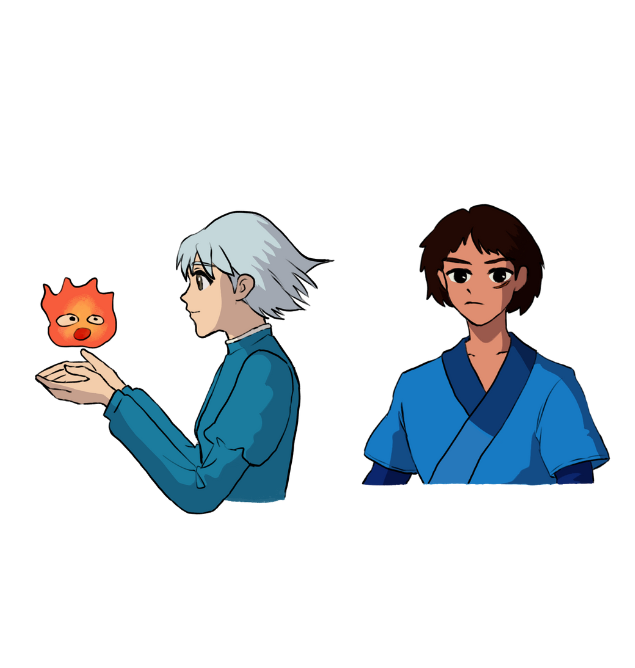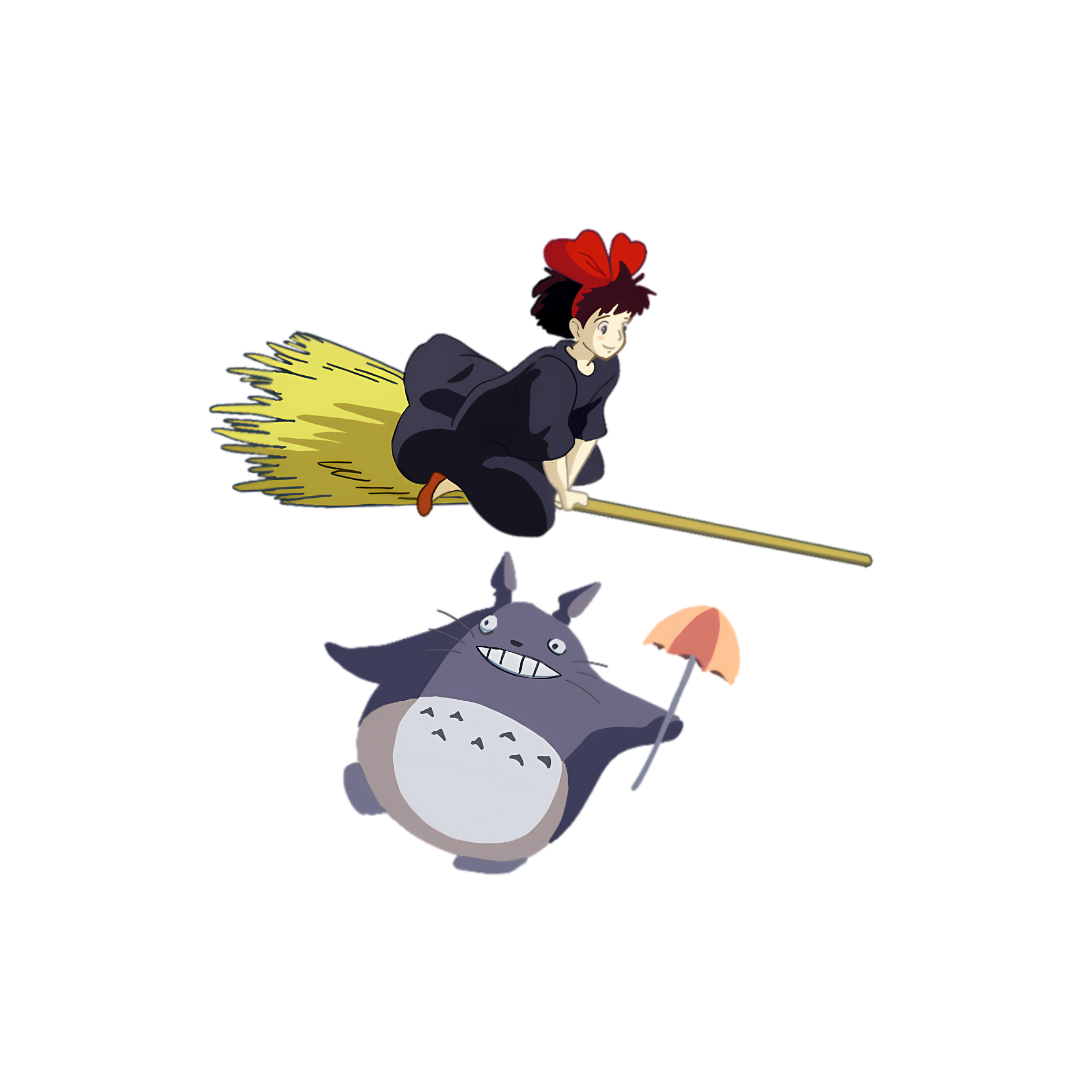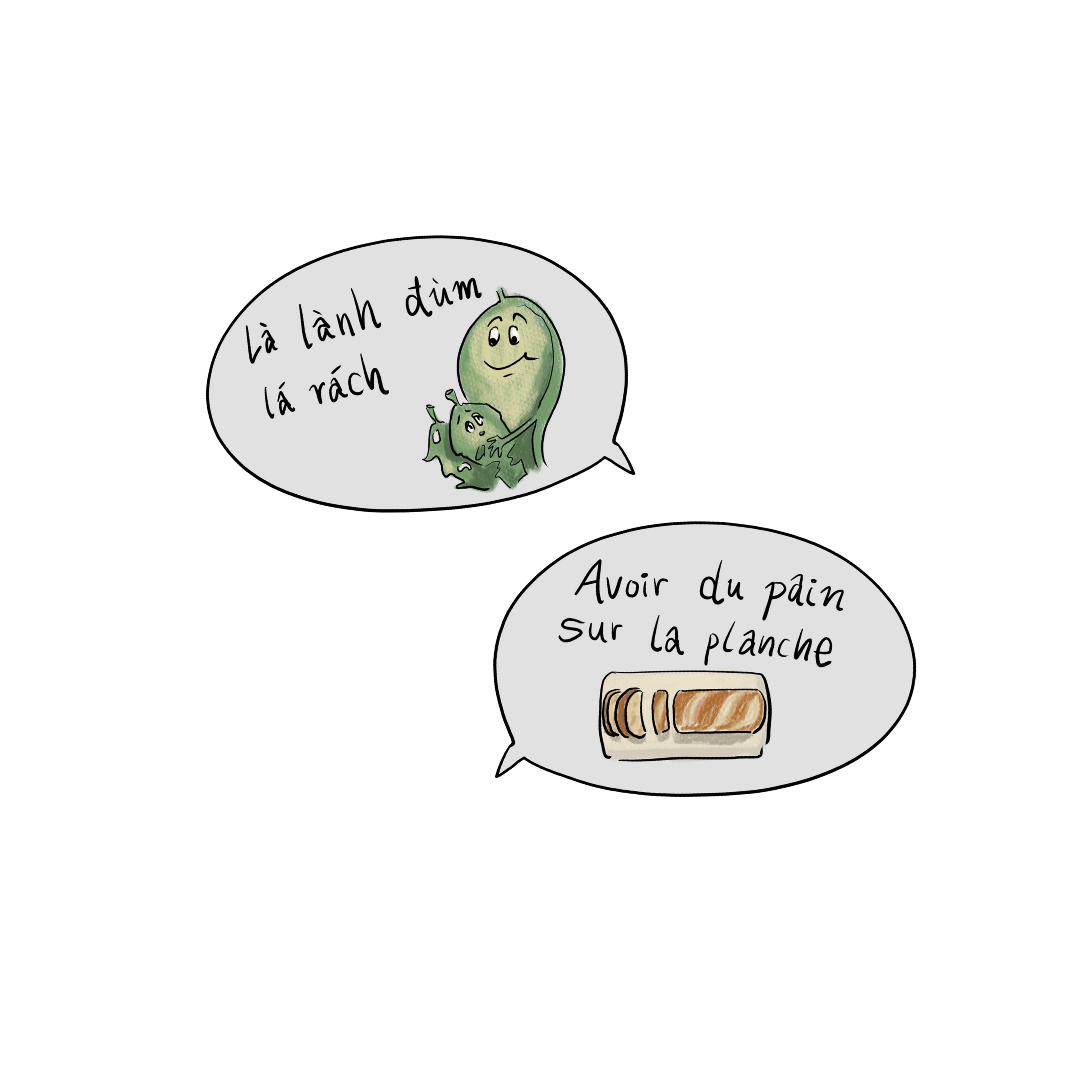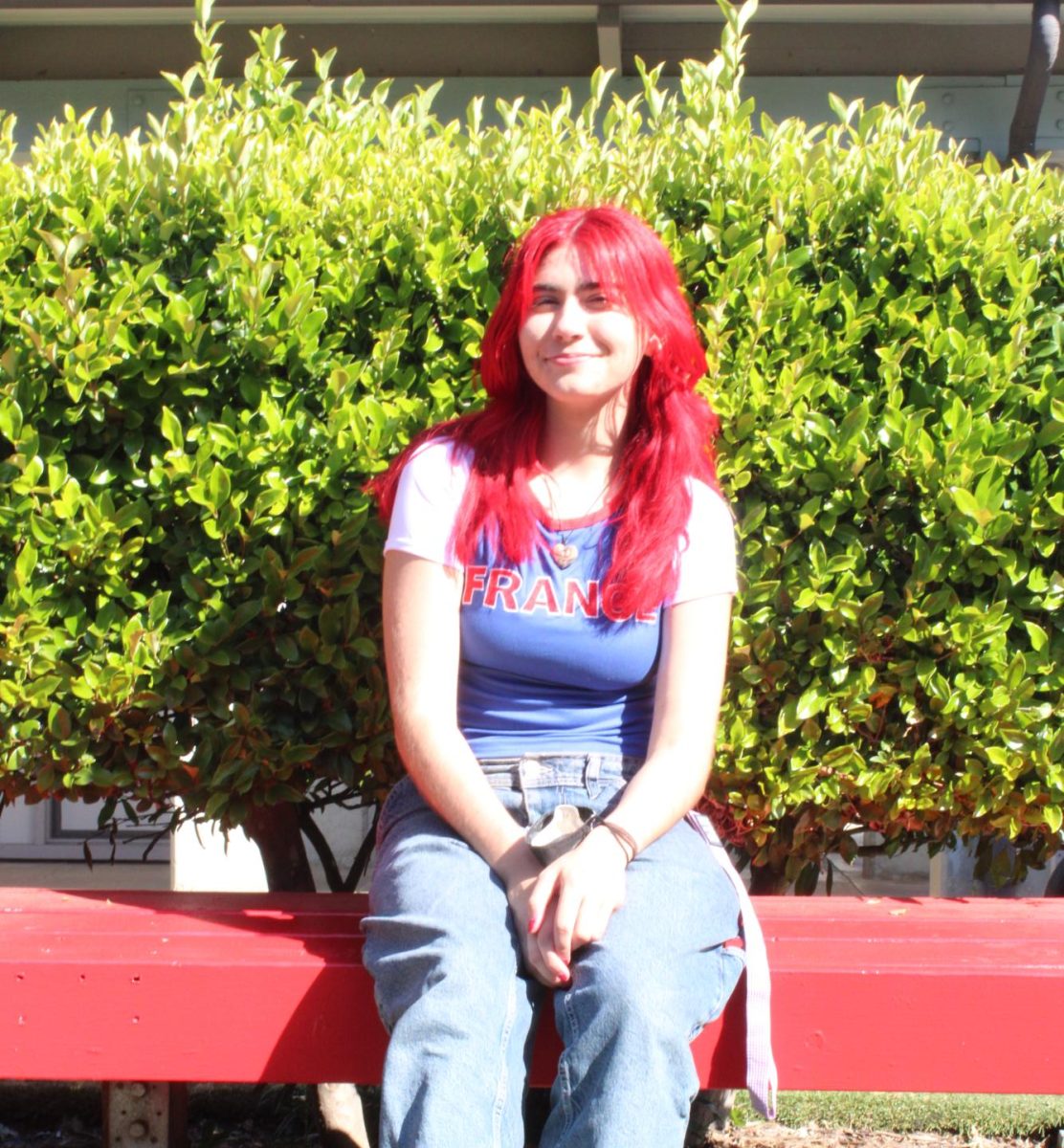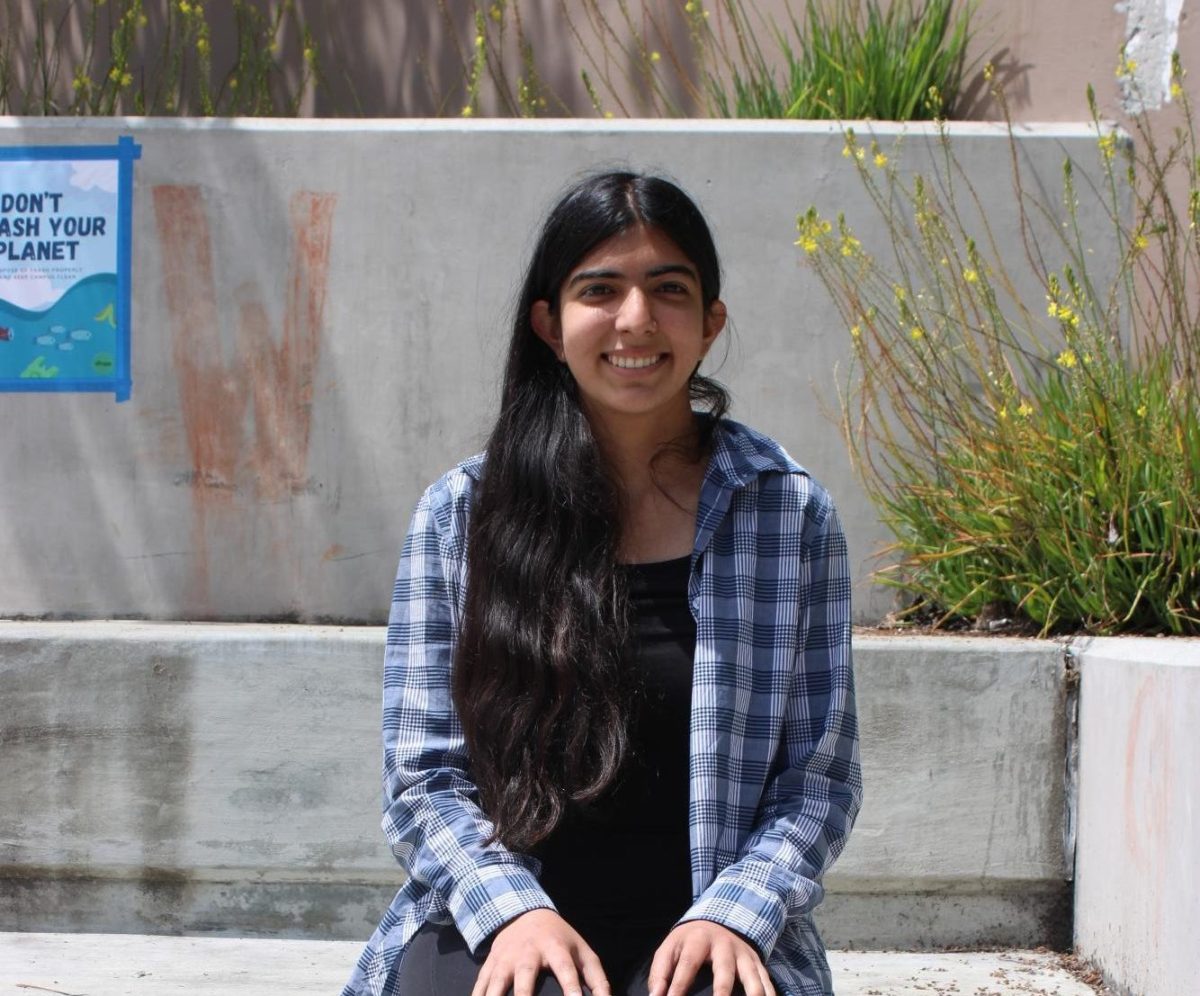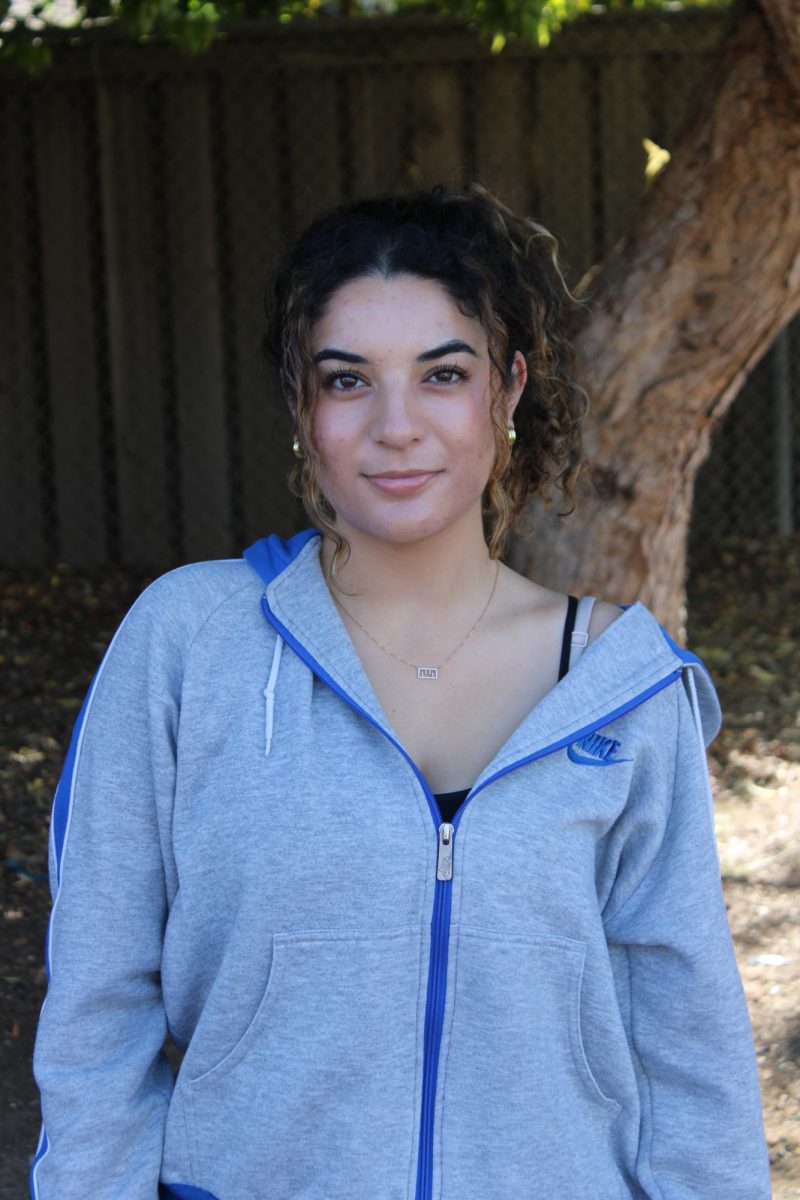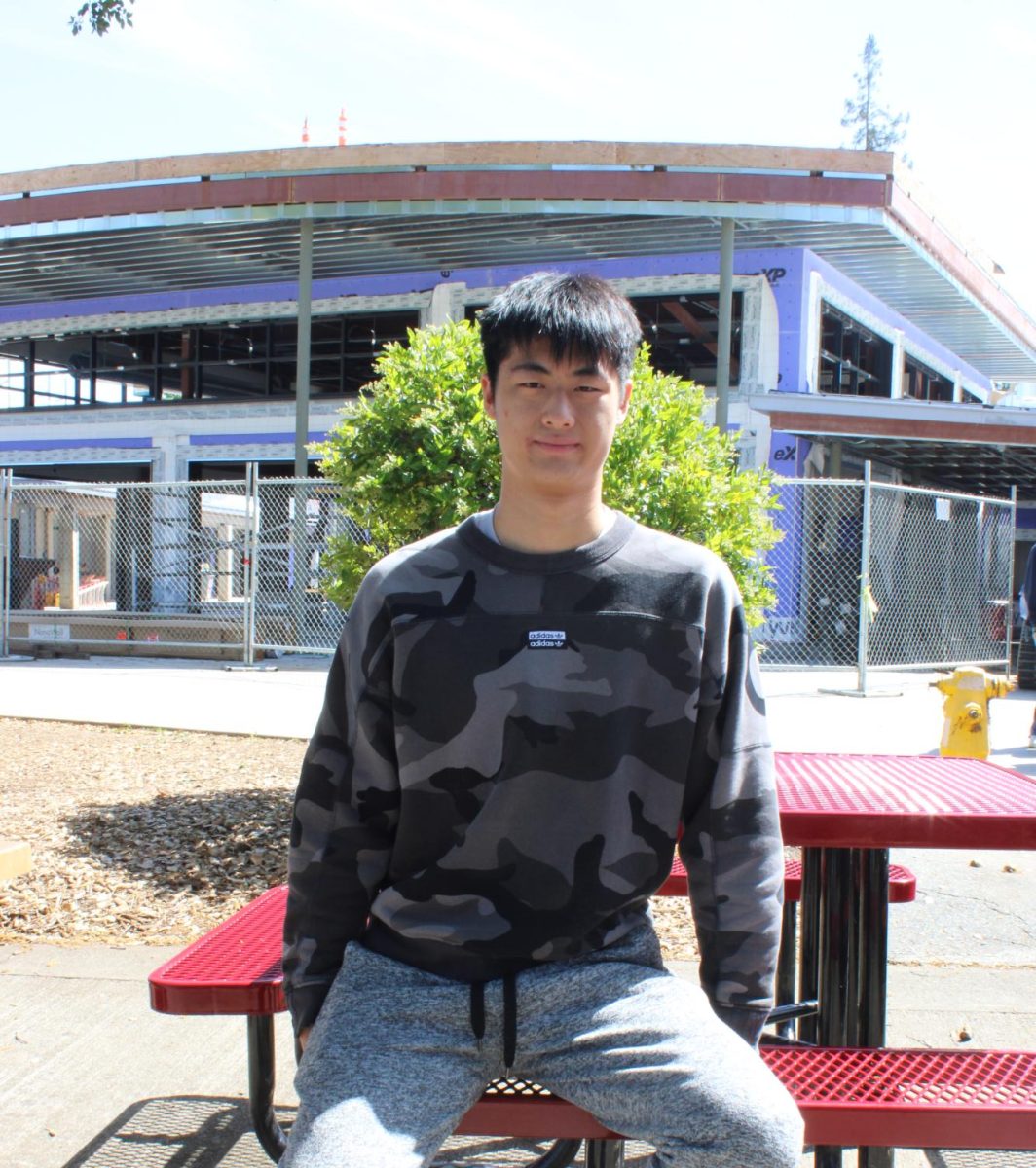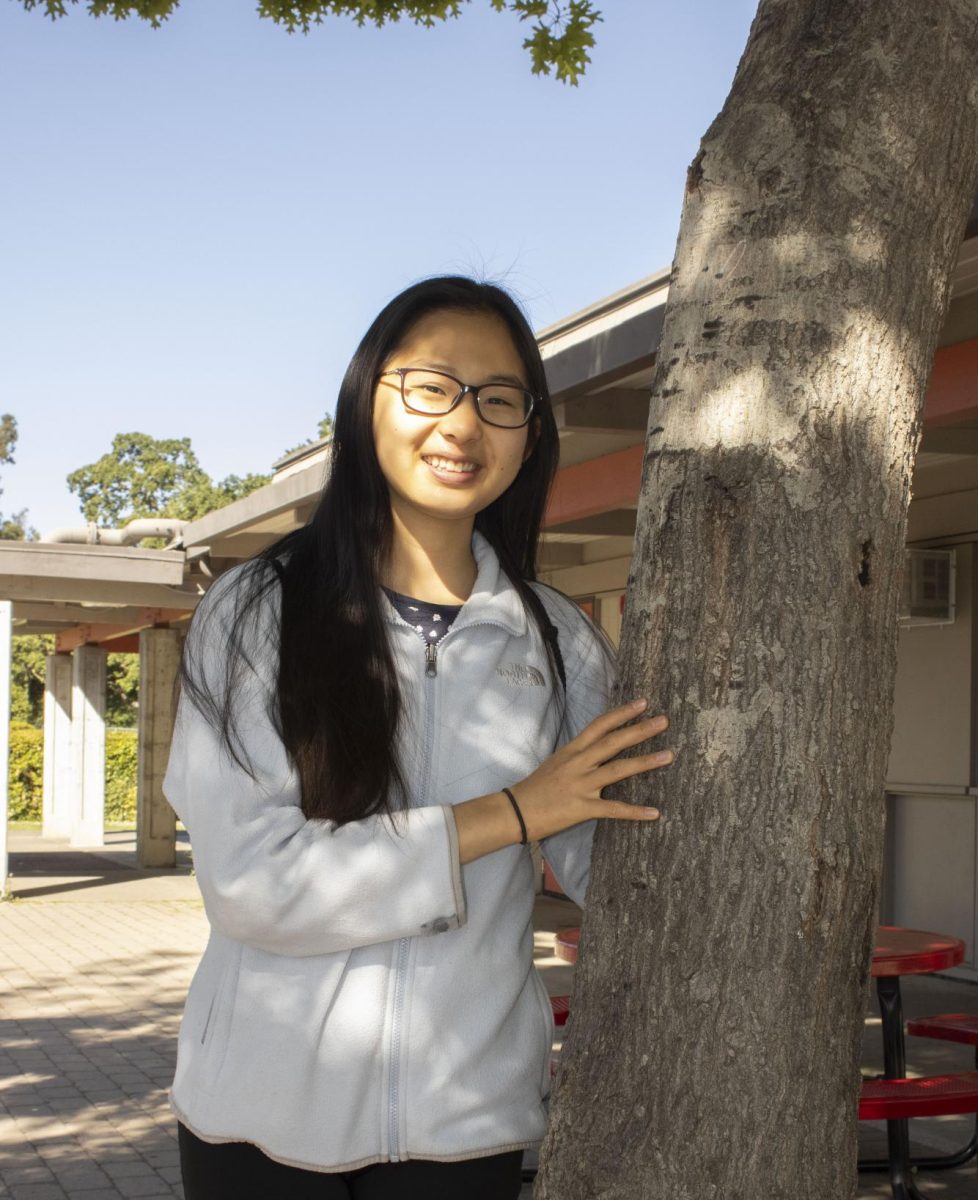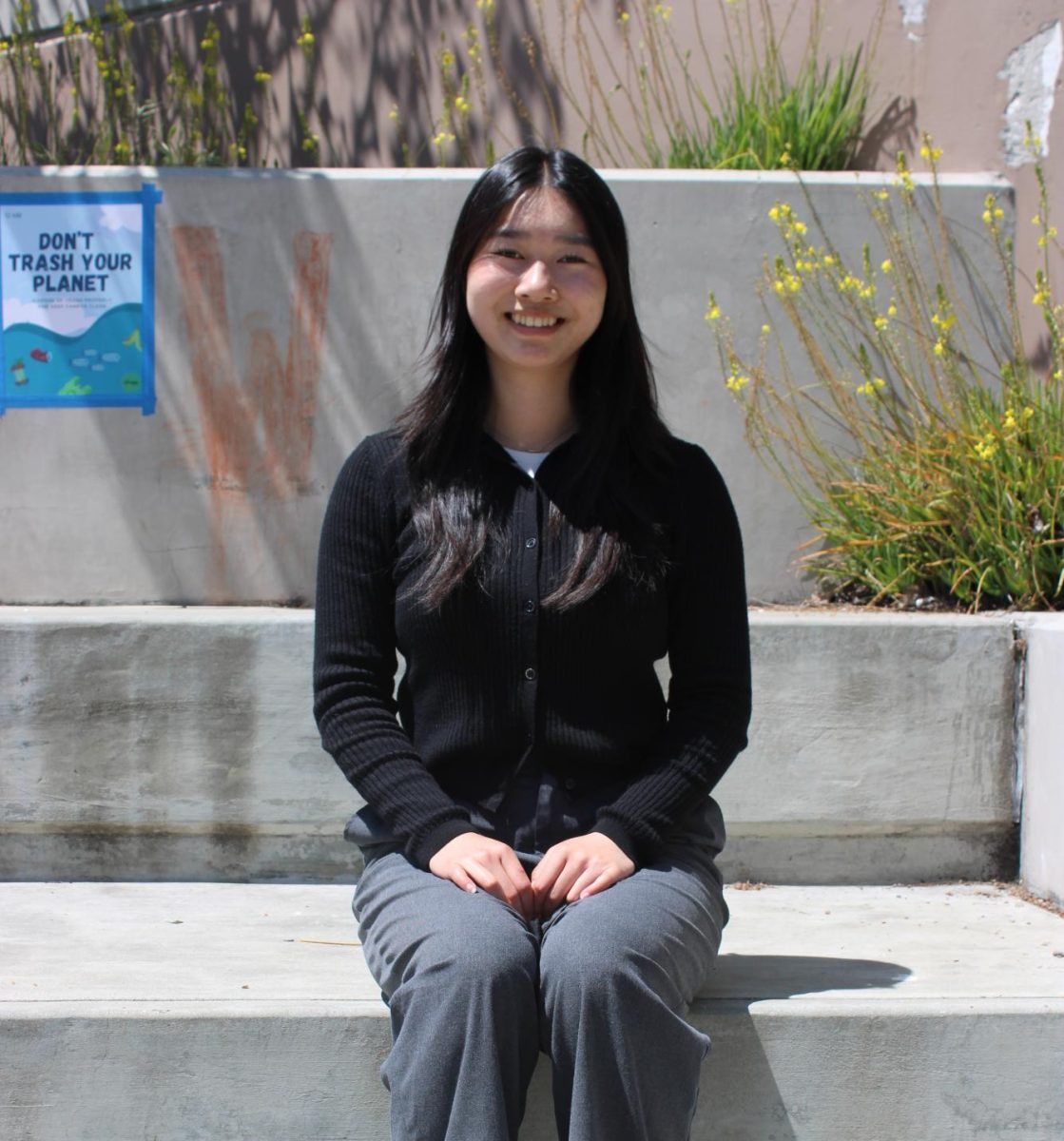Amid the vibrant hues of autumn, fall holidays like Oktoberfest beckon with lively music, festive costuming and spirited celebrations of the season. The transitional period between the end of summer and beginning of winter marks the end of a growing season, giving rise to fall traditions and holidays with agricultural roots, including the Mid-Autumn Festival and Sukkot. Whether it’s through mooncakes and lanterns, sukkahs and harvest rituals, or beer and bratwurst, these festivals bring people together to cherish the richness of autumn and the joy of communal festivities.
Mid-Autumn Festival
Held on the 15th day of the eighth month of the Chinese lunar calendar, the Mid-Autumn Festival, on Sept. 29 this year, is celebrated across Asia in countries such as China, Japan, South Korea, Thailand and Vietnam. First established as an official holiday around 750 years ago during the Song Dynasty in imperial China, the roots of the Mid-Autumn Festival can be traced to the Shang Dynasty, 640 years prior.
Traditional Chinese folklore explains the story behind the Mid-Autumn Festival in many ways, but the most popular variation tells how the archer Hou Yi lost his wife, Chang’e. After shooting down nine suns that had brought drought and famine, Hou Yi was rewarded with an immortality elixir that his apprentice coveted. To prevent it from falling into the wrong hands, Chang’e drank the elixir herself, immediately becoming immortal and floating to the moon. In the years that followed, a heartbroken Hou Yi prepared a feast of his wife’s favorite delicacies and gazed at the moon on its fullest day in hopes of glimpsing her.
The historical ceremony the royal family conducted to thank the moon for guiding a successful harvest year has since evolved into a time of family gathering and reunion. According to Chinese Culture Club President senior Xiangxiang Bai, admiring the full moon during the festival ties in with its symbolism of reunion and harmony. “In the ancient times, the transportation system was not well maintained, so people would not be able to make it back home for the Mid-Autumn Festival,” she said. “Looking up at a common round moon was their way of spending time with family and friends.”
Sukkot
Sukkot (“booths” or “huts”), the weeklong Jewish holiday that gives thanks for the fall harvest, honors the temporary dwellings of Jewish people during their 40-year sojourn out of Egypt and through the Sinai desert, as told in the Torah.
Senior Emmi Ben Tovim remembers building a “sukkah,” a hut-like structure for sleep, eating and communion, while celebrating Sukkot in Israel. “Every year, my family and I would make a sukkah, which traditionally has three walls, and you leave the other side completely open so that people are welcomed in,” she said. “It has a roof that would be made with tree branches, and we’d have dinner in (the sukkah) throughout the week of Sukkot and invite family and friends over.”
Another important practice during Sukkot is shaking the “four species” — palm, myrtle and willow branches, collectively known as the “lulav,” and a citrus with a sweet, floral scent, known as “etrog” — in the four cardinal directions to bless the sukkah and the rainy season.
Oktoberfest
Oktoberfest, an annual two-week festival held from mid-September to the first Sunday of October, originated in 1810 to celebrate the marriage between Bavaria’s Crown Prince Ludwig and Princess Therese of Saxe-Hildburghausen. Ending right before German Reunification Day, it toasts to Bavarian culture with feasts, horse races, and of course, flowing pints of beer. While the main festival is held in Munich, Germany, large Oktoberfest celebrations also take place in Australia, Brazil, Canada and the U.S.
According to German teacher Claudia Schroeppel, Oktoberfest’s festivities and attractions appeal to many visitors. “There’s some traditional rides like the old carousel that have been refurbished to be able to run these days,” she said. “Now we even have carnival rides with roller coasters. It’s just grown and changed a bit over the years, but it’s still held at the same location.”
Oktoberfest also features restaurants and food tents that can hold up to 1,000 people, alongside bountiful beer gardens and breweries. “(Oktoberfest) has the family aspect where families will just go with their kids to get food, get little souvenirs, and everybody (is) in their traditional clothing, and there’s the other side of people who just go to watch the horse races and drink beer,” Schroeppel said.
Gunn held its own Oktoberfest celebration on Wednesday, Oct. 25. The event included games, food samples and German music, allowing students to learn more about German culture and history.


